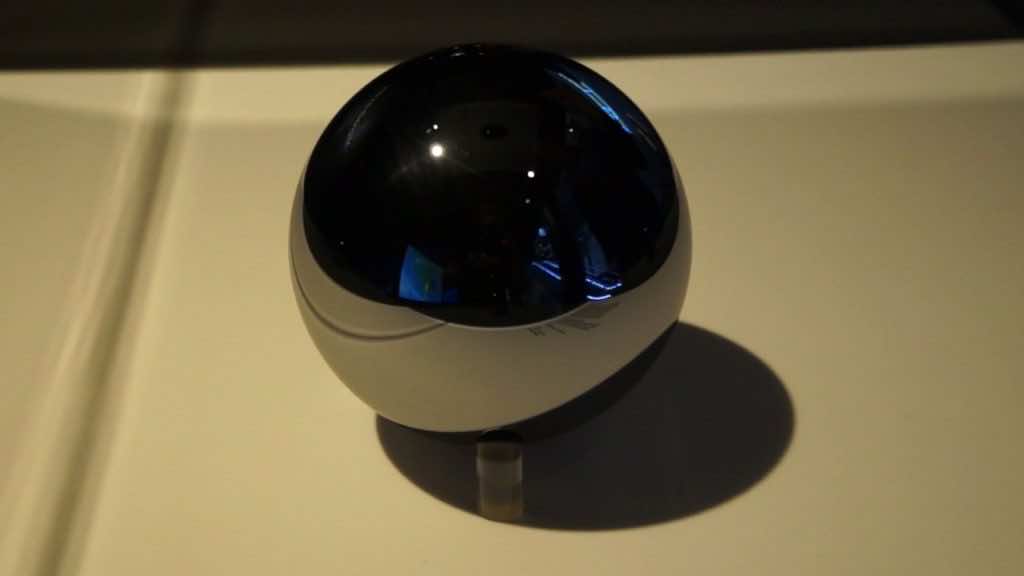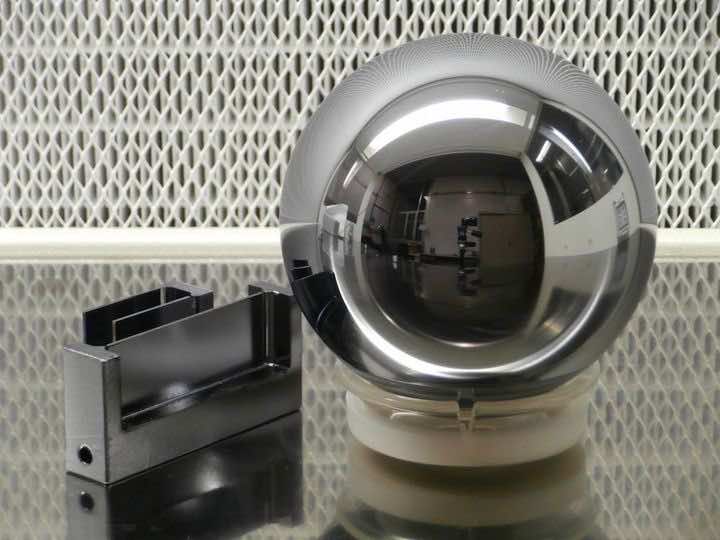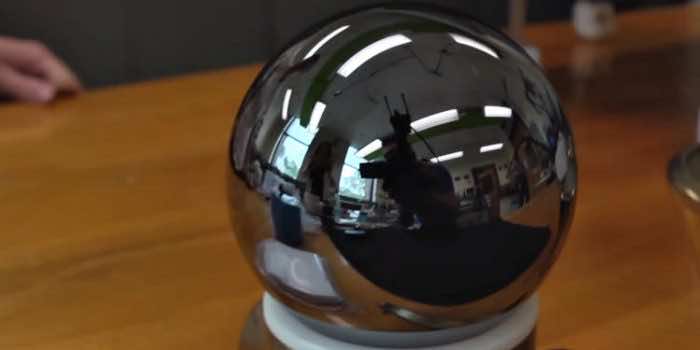Developed with single, very costly silicon crystal-28 atoms and analyzed to the max by computers and humans to find imperfections, this maximized to perfection sphere is the world’s roundest object.
You’ll gather a better understanding of its roundness by the following example, take if it was possible to blow it up to the size of our planet, the difference between the lowest valley and the highest peak would be just about 10-15 feet approximately.

Earlier, when scientists created such spheres, they calculated the difference at around 15 meters. With the invention of the latest technology, it is possible to catch the most minute and tiniest wrinkles allowing us to create the perfect round sphere. The cost of it, however, is not cheap at all. Creating the same sphere costs around $3.5 million, whereas the silicon crystal used to build these costs approximately $1 million.
Your head must be pounding with questions as to why spend so much to create a round sphere? What could be its utility? The answer is this incredibly round sphere will aid in solving the long-prevailing problem in measurement: defining a single kilogram. Scientists cannot measure kilograms like other scientific measuring units that scientists could theoretically calculate based on their intrinsic natural properties.
For example, the second can be calculated using an atom’s transition between two energy levels. The distance light measures a meter travels in a fraction of a second. However, a kilogram has always been measured on a specific physical object.

In the 17th century, a kilogram was defined as the mass equaling one liter of water at 4 degrees Celsius. A hundred years later, that measure changed to the mass of a cylinder of platinum and iridium secured in a vault at an international Bureau in Paris.
Later, a major problem was found with the cylinder secured as the single kilogram unit base. It was found that the mass of the cylinder kept changing for reasons unknown. This caught huge attention, and when investigated further, it was found that all the replicas of that cylinder kept at different places weighed different from each other. This clearly showed that the matter had changed weight. Hence using it as a base for kilogram was a technical fault. Rather the unit on which a kilogram could be based should be permanent to its value.

The team of the Avogadro Project set out to solve this scientific debacle. The project’s idea was that in a perfect crystal sphere of silicon-28 atoms, the total count of atoms in the sphere could be calculated using a laser to calculate the diameter. The number of atoms could then be calculated to specify Avogadro’s number, which would help define the kilogram. This would allow the object measuring the kilogram to stay the same forever.
The Avogadro project team partnered with researchers at the Centre for Precision Optics to develop this nearly flawless silicon-28 sphere. Computer-directed lasers were used to trace any small imperfections after the smooth sphere was ground out of the silicon crystal. With a roundness delta of 50 nano-meters on a 93.6 mm diameter, the sphere is now taken as the roundest object on earth.
Unfortunately, the Avogadro project was unsuccessful in changing the way to define a kilogram. Later in 2019, an alteration was made in the definition of a mass unit. A kilogram is defined in lights of the second and a meter, backed by fixed fundamental constants of nature. However, it wasn’t marked as the world’s roundest object.
The interesting silicon-28 sphere is stored at Heason Technology. It is a precision servo-electric actuators, motion control solutions, and position system manufacturer based in the U.K. The perfect round sphere is now used to build and test the latest machinery at the company.


